
Containerize a Spring Boot application with Podman Desktop
This article describes containerizing a Spring Boot application using Podman Desktop, containerfile basics, and how to run the container locally.

This article describes containerizing a Spring Boot application using Podman Desktop, containerfile basics, and how to run the container locally.
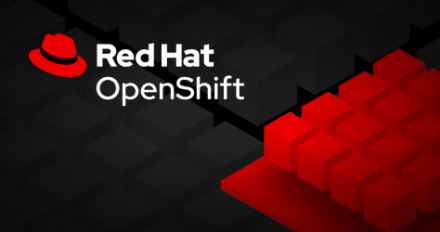
Drag and drop Spring or Quarkus JARs from your desktop, create and scale event-driven applications with Apache Kafka, and more in Red Hat OpenShift 4.8.
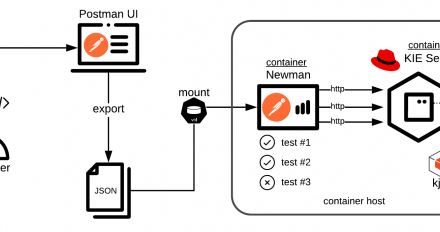
This blog explores concepts and techniques around automated API testing of business rules and processes deployed in a KIE Server.
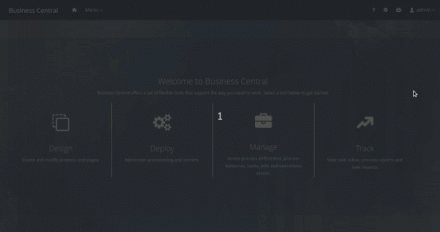
Explore the new business process automation features, improvements, and previews released in Red Hat Process Automation 7.7.
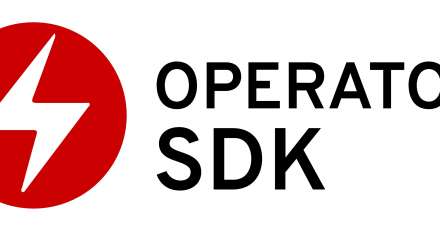
Learn how to create an Operator to deploy a sample application based on Spring Boot and Camel, then deploy it on an OpenShift cluster.

Migrate a Spring Boot application to Quarkus, then compare startup times between the two container-based Java frameworks.
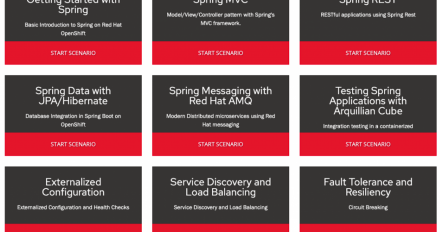

The latest Eclipse Vert.x Spring Boot starters provide a Spring native vocabulary for the JVM reactive toolkit; learn more through examples in this article.

Red Hat OpenShift Application Runtimes (RHOAR) is a recommended set of products, tools, and components for developing and maintaining cloud-native applications on the Red Hat OpenShift platform. As part of this offering, Red Hat is extending its support to Spring Boot 2 and related frameworks for building modern, production-grade, Java-based cloud-native applications.

This article explains why business automation is key for businesses in 2019 and the advantages of using a process-driven architecture--by way of products such as Red Hat Process Automation Manager (RHPAM)--to create software.

Red Hat extends its support to developers using Spring Boot and related frameworks for building modern cloud-native, production-grade, Java-based applications.

Spring Boot developers, learn Eclipse MicroProfile by comparing the implementation of a microservice in Spring Boot and MicroProfile.

This post described the new Spring Boot Starters provided in Red Hat Process Automation Manager 7.1. Using a minimal amount of code, these Spring Boot Starters enable developers of modern, light-weight applications on Spring Boot to quickly build applications or microservices that have business process and business rules execution capabilities.
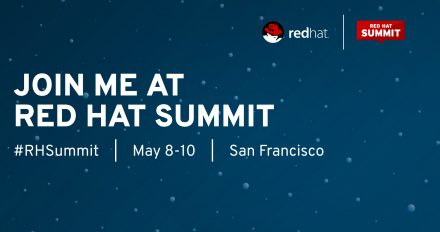
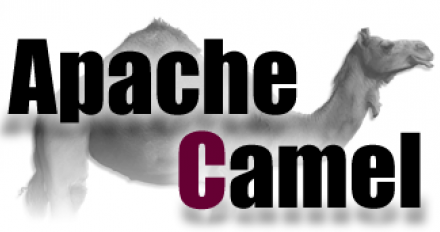
This article will cover how to write a test for Apache Camel Rest DSL with Spring Boot. Many people find Apache Camel unit testing a big struggle to figure out. Luckily, when using Spring Boot with the Apache Camel Rest DSL testing, a Rest Route isn't too difficult.
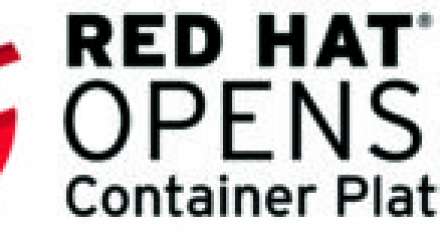
This article covers how to deploy a spring boot app which interacts with mysql in an OpenShift Environment. We might have a requirement where we have to migrate our Spring Boot standalone project to OpenShift environment or we might have to create Docker images.

Rest services are becoming more and more popular for communication between systems. Now that Red Hat supports the use of Red Hat JBoss Fuse with Apache Camel Spring Boot, learn how you can get started with the Rest DSL and Spring Boot.

The next online DevNation Live Tech Talk will be Thursday, March 1st at 12pm EST. The topic is Secure Spring Boot microservices with Keycloak presented by Sébastien Blanc. This session will be 100% live coding with no slides.

The next online DevNation Live Tech Talk will be Thursday, February 15th, at 12 pm EST. The topic is Spring Boot deployment on Kubernetes presented by Kamesh Sampath.

Applications running on OpenShift get their logs automatically aggregated to provide very valuable information on their state and health during tests and in production. In this blog I am covering a few points that may help you with bringing your logs from raw material to a more valuable product.

A DevNation Live session - Fat JAR smackdown



